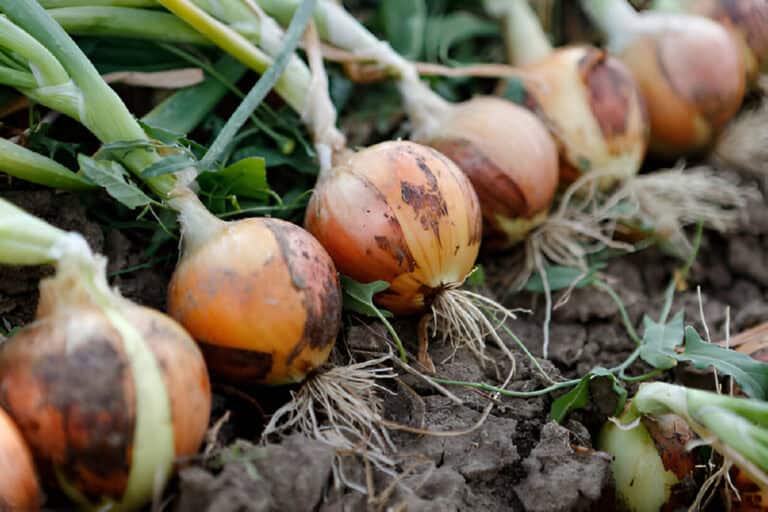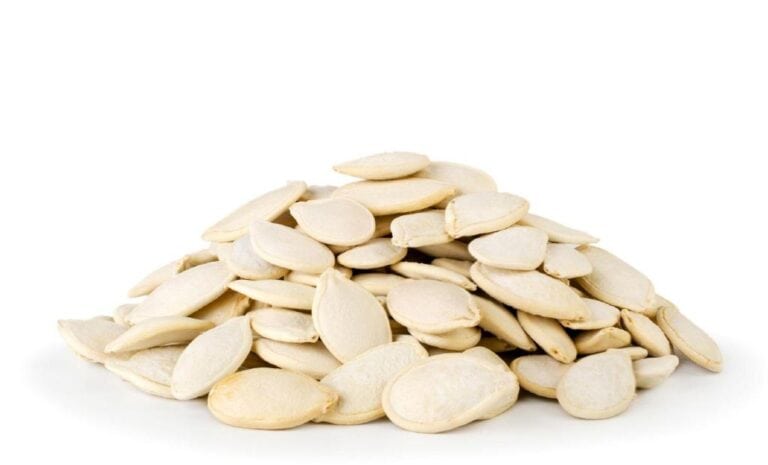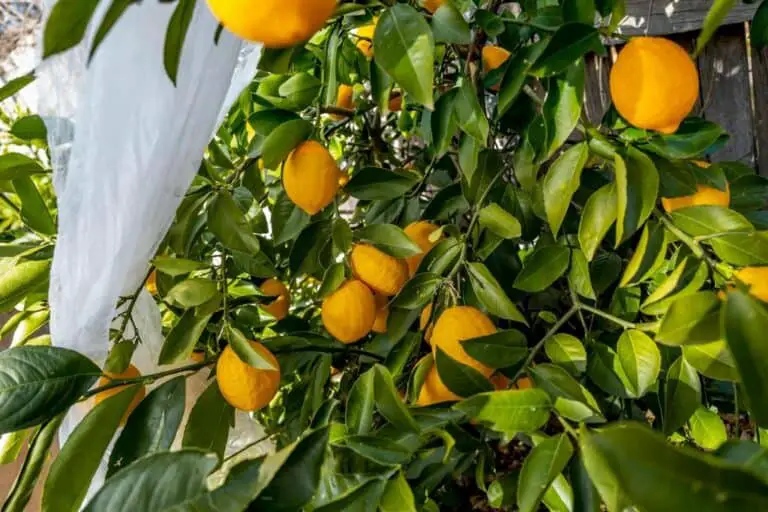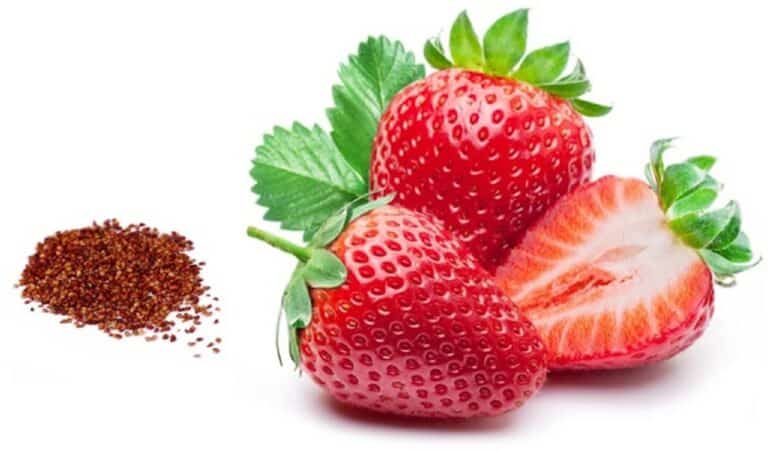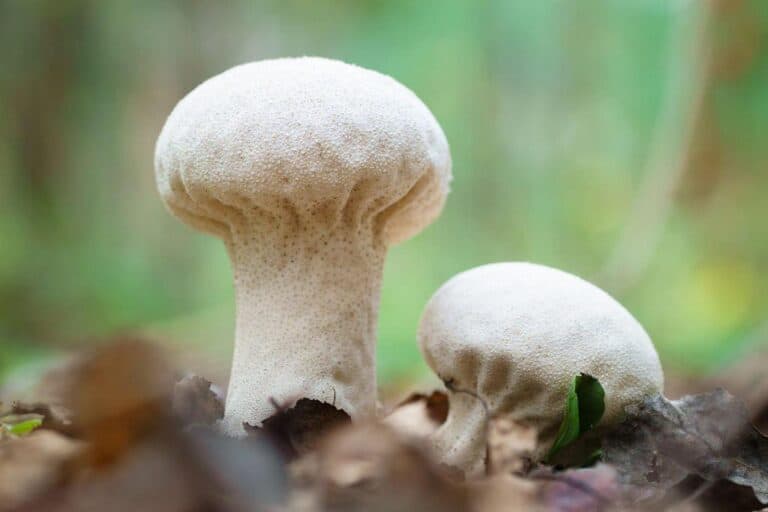From Grocery to Garden: How to Plant Hydrangeas at Home
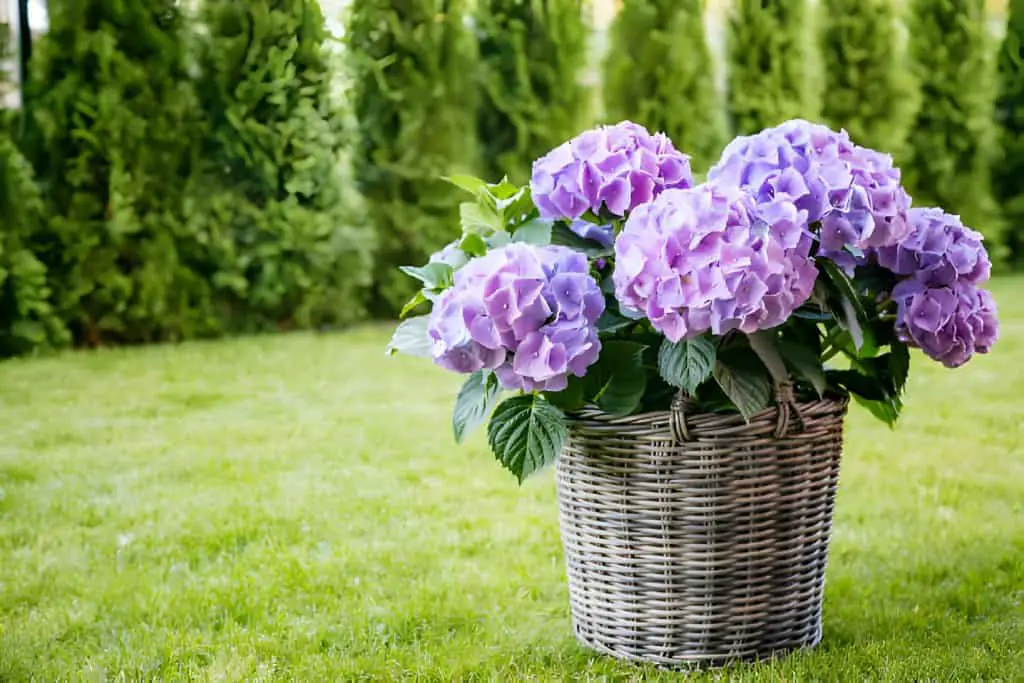
Have you ever admired the lush, colorful blooms of hydrangeas and wished you could have them in your own garden? Hydrangeas are beloved for their stunning blooms and versatility in the garden.
Planting hydrangeas at home is easier than you might think. With the right tips, you can enjoy these stunning flowers year after year.
In this article, we’ll guide you through planting hydrangeas. We’ll cover picking the perfect spot and ensuring they thrive in your care. Follow our step-by-step instructions. They will enhance your garden’s beauty. You’ll also gain the joy of growing these magnificent plants.
Choosing the Right Hydrangea Variety
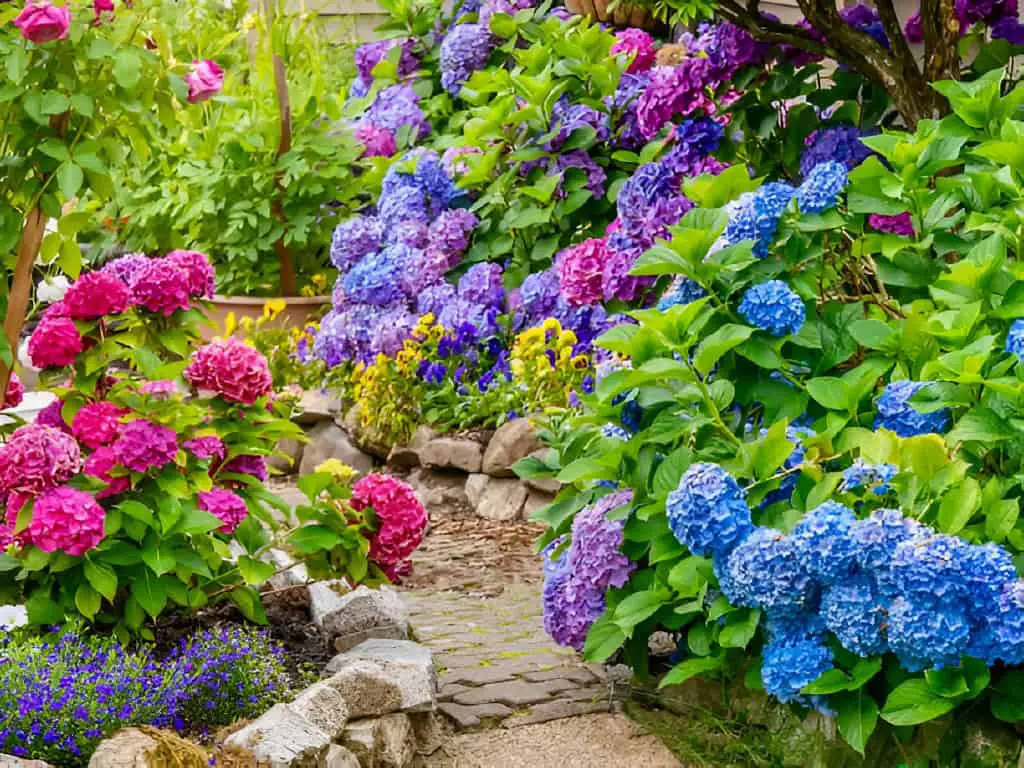
Hydrangeas come in several varieties, each with its own unique characteristics. The most popular types include:
- Bigleaf Hydrangea (Hydrangea macrophylla) is known for their large, colorful blooms. They are perfect for adding a splash of color to your garden.
- Panicle Hydrangea (Hydrangea paniculata) have cone-shaped flowers. They can grow in many conditions.
- Smooth Hydrangea (Hydrangea arborescens) thrives in many soils. They are great for beginners.
- Oakleaf Hydrangea (Hydrangea quercifolia) has leaves that resemble those of an oak tree. They offer beautiful fall foliage and summer blooms.
Table: Popular Hydrangea Varieties
| Variety | Characteristics | Ideal Growing Conditions |
| Bigleaf Hydrangea | Large, colorful blooms | Partial shade, well-drained soil |
| Panicle Hydrangea | Cone-shaped flowers, versatile | Full sun to partial shade, adaptable |
| Smooth Hydrangea | Thrives in various soils | Partial shade, moist soil |
| Oakleaf Hydrangea | Oak-like leaves, fall color | Partial shade, well-drained soil |
Preparing to Plant Hydrangeas
Before planting hydrangeas, it’s crucial to prepare your garden space. Follow these steps for optimal results:
1. Selecting the Site
Hydrangeas thrive in areas with partial shade and well-drained soil. Choose a spot that gets morning sun and afternoon shade. Avoid areas with too much direct sunlight, which can scorch the leaves, or too much shade, which can reduce blooming.
2. Soil Preparation
To plant hydrangeas at home, start by preparing the soil well. This will ensure your plants thrive. The first step is to test the soil pH. This is crucial because hydrangeas like slightly acidic soil. They prefer a pH between 5.5 and 6.5. You can use a simple soil test kit from a garden center to determine your soil’s pH.
| pH Level | Ideal for Hydrangeas? | Action Needed |
| Below 5.5 | No | Add lime |
| 5.5 – 6.5 | Yes | No action |
| Above 6.5 | No | Add sulfur |
Once you’ve tested the pH, amending the soil with compost or peat moss is the next step. These organic materials improve soil structure, enhance drainage, and provide essential nutrients. Simply mix them into the soil to a depth of about 12 inches where you plan to plant your hydrangeas.
Finally, adding fertilizer as needed can give your hydrangeas an extra boost. Choose a balanced, slow-release fertilizer and follow the manufacturer’s instructions for application rates. This ensures your hydrangeas get the necessary nutrients for robust growth and vibrant blooms.
Proper soil prep sets the stage for healthy hydrangeas. It gives them the best start in your garden.
3. Step-by-Step Planting Guide
- Digging the Hole: Dig a hole that is twice as wide and just as deep as the root ball of the hydrangea.
- Adding Compost: Mix compost into the excavated soil to enrich it.
- Placing the Plant: Gently remove the hydrangea from its container and place it in the hole. Ensure the top of the root ball is level with the ground surface.
- Filling the Hole: Fill the hole with the amended soil, pressing it down gently to eliminate air pockets.
- Watering: Water the newly planted hydrangea thoroughly to help it settle.
Caring for Your Hydrangeas
Proper care is essential for your hydrangeas to thrive and bloom beautifully. Here are some key aspects of hydrangea care:
Watering
Hydrangeas need consistent moisture, especially during their first year of growth. Water them deeply once a week, ensuring the soil remains moist but not waterlogged. During hot, dry periods, increase the frequency to prevent wilting.
Fertilizing
Fertilize hydrangeas in the spring with a balanced, slow-release fertilizer. Avoid over-fertilizing, as this can lead to lush foliage but fewer blooms. A second application in mid-summer can help promote continuous blooming.
Pruning
Pruning hydrangeas is essential for maintaining their shape and encouraging new growth. The timing and method depend on the variety:
- Prune Bigleaf and Oakleaf Hydrangeas after blooming. Remove spent flowers and thin out older stems.
- For panicle and smooth hydrangeas: Prune in late winter or early spring. Do it before new growth starts. Cut back to about one-third of their size to promote vigorous blooming during summer.
| Related: How to Prune Mogra Plant |
Table: Pruning Guidelines
| Variety | Pruning Time | Pruning Method |
| Bigleaf Hydrangea | After blooming | Remove spent flowers, thin old stems |
| Panicle Hydrangea | Late winter/early spring | Cut back to one-third size |
| Smooth Hydrangea | Late winter/early spring | Cut back to one-third size |
| Oakleaf Hydrangea | After blooming | Remove spent flowers, thin old stems |
Protecting Hydrangeas from Pests and Diseases
Hydrangeas can be susceptible to pests and diseases, but with proper care, you can keep these issues at bay. Here are some common problems and their solutions:
Common Pests
- Aphids: These small insects can be controlled with insecticidal soap or neem oil.
- Spider Mites: Increase humidity around the plants and use insecticidal soap if needed.
- Scale Insects: Remove scales by hand or treat with horticultural oil.
Common Diseases
- Powdery Mildew: Ensure good air circulation and apply fungicide if necessary.
- Leaf Spot: Remove and destroy affected leaves and avoid overhead watering.
- Root Rot: Ensure well-drained soil and avoid overwatering.
Enjoying Your Hydrangeas
With the right care and attention, your hydrangeas will thrive and provide stunning blooms year after year. Here are some tips for enjoying and utilizing your hydrangeas:
Using Hydrangeas in the Garden
Hydrangeas can be used in various ways to enhance your garden’s aesthetic:
- Borders and Hedges: Plant hydrangeas along borders or as hedges to create a lush, colorful display.
- Mixed Beds: Combine hydrangeas with other perennials and shrubs for a diverse and attractive garden bed.
- Containers: Containers are for patios or decks. They add beauty to your outdoor living space. Grow hydrangeas in large pots.
Cut Flowers
Hydrangeas make excellent cut flowers for arrangements. Here’s how to properly cut and preserve them:
- Cutting: Cut the stems in the morning when they are fully hydrated.
- Water: Place the stems in a bucket of water immediately after cutting.
- Arranging: Use the cut flowers in vases or floral arrangements. Change the water every few days to prolong its freshness.
Conclusion
Planting hydrangeas at home is rewarding. It can transform your garden into a colorful oasis. By choosing the right variety, preparing the soil and providing proper care, you can enjoy these beautiful blooms for many years.
You can use them as borders. You can also use them in mixed beds. Or, you can use them as stunning cut flowers. Hydrangeas are sure to add elegance and charm to your home. Happy gardening!

